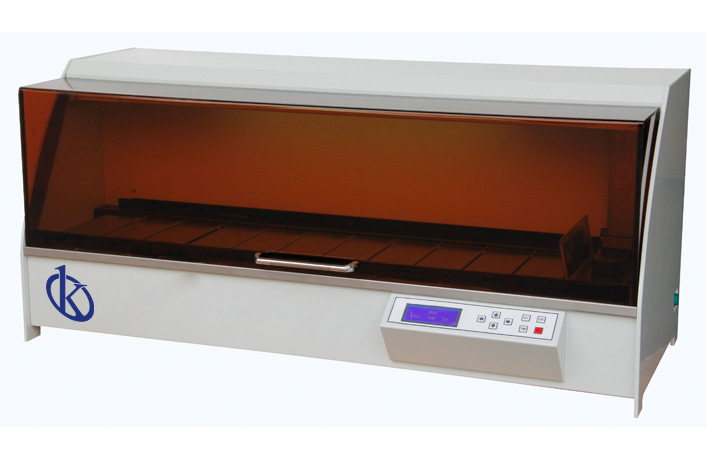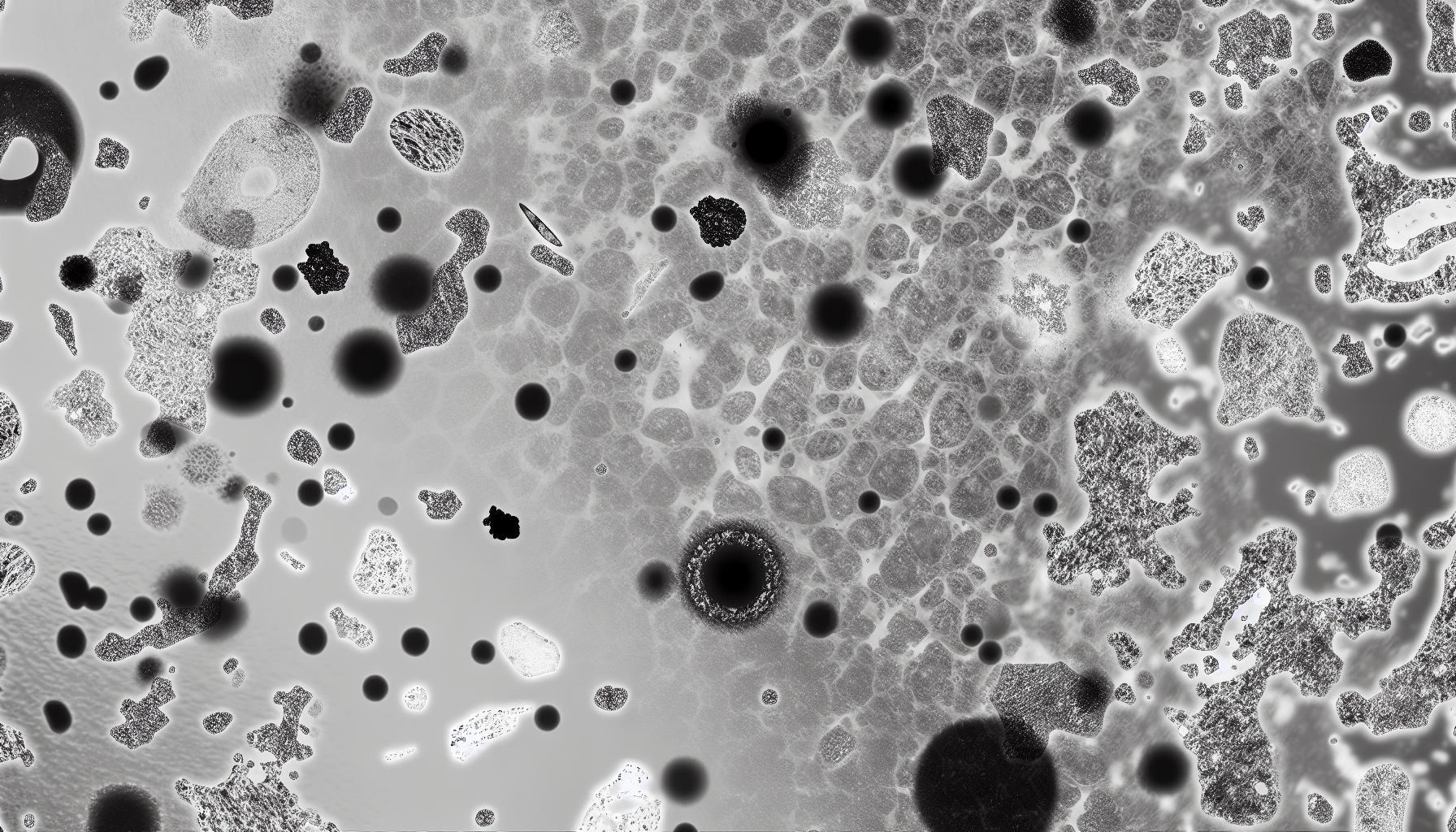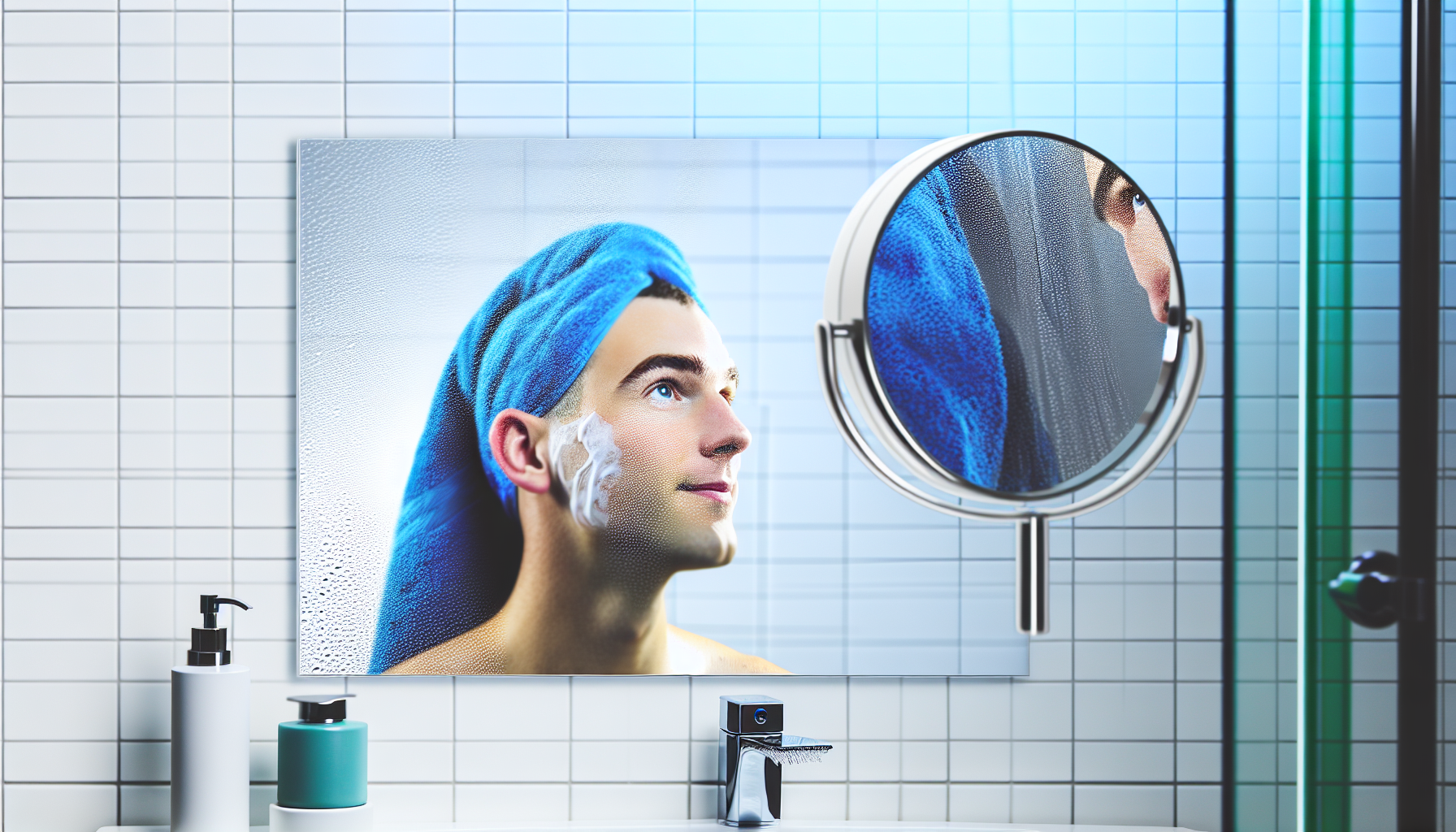In the demanding field of histopathology, selecting the right tissue processor is crucial for ensuring high-quality sample preparation. Two prominent contenders in the market are the Automated Tissue Processor YR428 from Kalstein and the Leica TP1020 from Leica Biosystems. Each of these products boasts unique features designed to enhance efficiency and reliability in tissue processing.
The Automated Tissue Processor YR428 from Kalstein is designed with state-of-the-art technology, aimed at streamlining laboratory workflows. It offers flexibility with 14 processing stages and adjustable parameters, ensuring precise results for various tissue types. Meanwhile, the Leica TP1020 provides a robust solution with a trusted mechanical design. Despite being a mainstay in many laboratories, it offers a simpler interface with fundamental programmable options.
Description of Products
The Automated Tissue Processor YR428 is a meticulously engineered laboratory equipment that meets the rigorous demands of modern histological procedures. This processor integrates intuitive software with precise temperature and agitation controls, providing reproducible results for tissue sample preparation. One of its key strengths is its robust build quality, designed to handle continuous operation efficiently.
On the other hand, the Leica TP1020 is celebrated for its reliability and solid construction. It is equipped with a strong, yet straightforward user interface suitable for basic tissue processing needs. The TP1020 focuses on core features that ensure consistency in sample preservation, making it a preferred choice for laboratories with less demanding requirements.
| Feature | Kalstein YR428 | Leica TP1020 |
|---|---|---|
| Processing Stages | 14 | 12 |
| Interface | Advanced touchscreen | Basic display |
| Agitation Control | Variable | Fixed |
| Temperature Control | Precise, adjustable | Manual, limited |
| Safety Features | Extensive | Standard |
How They Work
The Automated Tissue Processor YR428 operates by finely controlling each processing step via its advanced software. Users can manage protocols digitally, tailoring them to specific tissue types. This flexibility ensures optimal sample processing, which is critical in diagnostic procedures.
In contrast, the Leica TP1020 relies on a more manually oriented interface. It provides fewer programmable options but is straightforward, making it accessible for less intensive laboratory contexts or for facilities that prefer a mechanical approach to processing.
Usefulness
The Automated Tissue Processor YR428 is ideal for laboratories that require high throughput and stringent quality controls. Its ability to accommodate diverse processing requirements makes it indispensable in busy histology departments, where precision and reliability are crucial.
Types
Amongst tissue processors, the Kalstein YR428 and Leica TP1020 represent the distinctions between advanced digital processing and traditional mechanical operations. The choice of processor often depends on laboratory size, sample volume, and specific requirements for processing versatility.
Market Price
The Automated Tissue Processor YR428 is competitively priced, reflecting its advanced capabilities and extensive features, typically ranging from $15,000 to $20,000. The Leica TP1020, while being more basic, is priced slightly lower, averaging between $10,000 and $15,000, which suits laboratories with more limited budgets.
Frequently Asked Questions
What makes the Kalstein YR428 unique?
The extent of programmable options and precise environment control set the YR428 apart, making it suitable for high-demand environments.
Is the Leica TP1020 suitable for high-throughput labs?
While reliable, the TP1020 may not meet the needs of high-volume labs requiring intricate programmability.
Advantages and Disadvantages
The Automated Tissue Processor YR428 offers superior programmability and control, ensuring precise and reproducible results. Its comprehensive safety features and user-friendly interface make it a desirable choice. However, its highly advanced features may be more than what is needed for smaller facilities.
Conversely, the Leica TP1020 capitalizes on simplicity and durability but lacks the advanced controls and extensive programmability essential for more complex and varied tissue processing needs.
Product Usage in the Field
In practical terms, the Kalstein YR428 stands out in settings where reliability and adaptability are paramount, such as in teaching hospitals and research institutions. The TP1020 is a steadfast option for routine work where basic processing is sufficient.
Recommendations
To maximize the Automated Tissue Processor YR428‘s potential, regular updates and maintenance checks are advised to keep its software running optimally. Leveraging its Kalstein Plus system can streamline operations, providing peace of mind and efficiency.
If you’re looking for a fusion of innovation and quality, you’ve come to the right place. At Kalstein, we offer the luxury of exploring our exclusive catalog of laboratory equipment. We manufacture each piece of equipment with a level of excellence. Our intuitive and agile online purchasing channels are designed for your convenience, ensuring the most friendly prices. Don’t hesitate any longer; we bring science to life. It’s time to become part of our community. https://kalstein.co.uk/product/automated-tissue-processor-yr428/.




